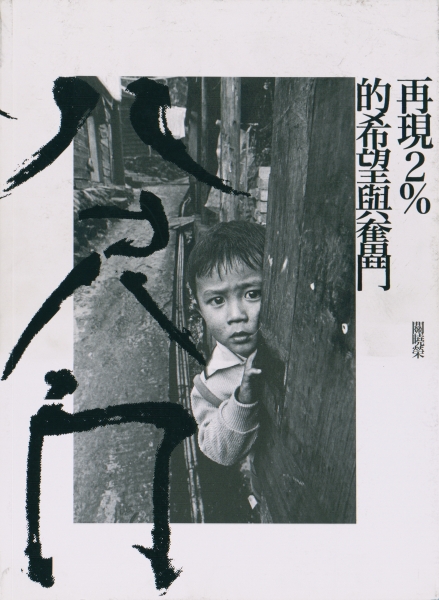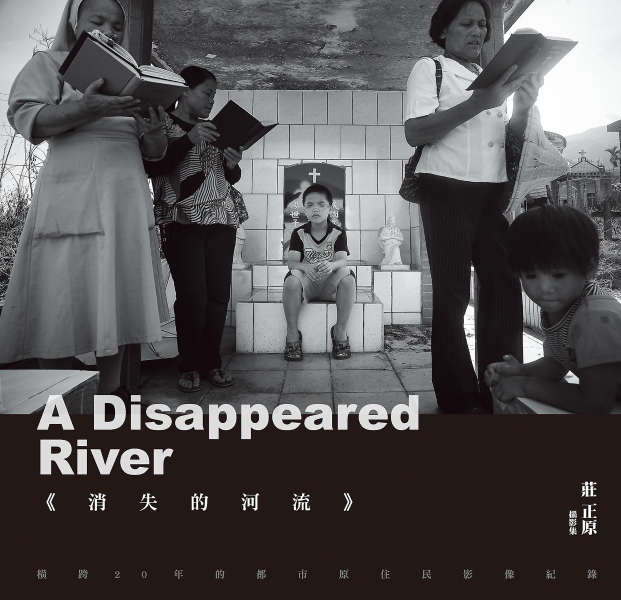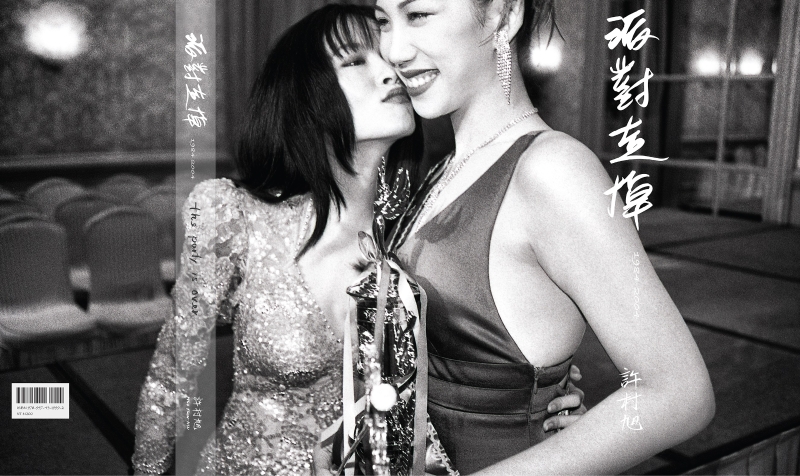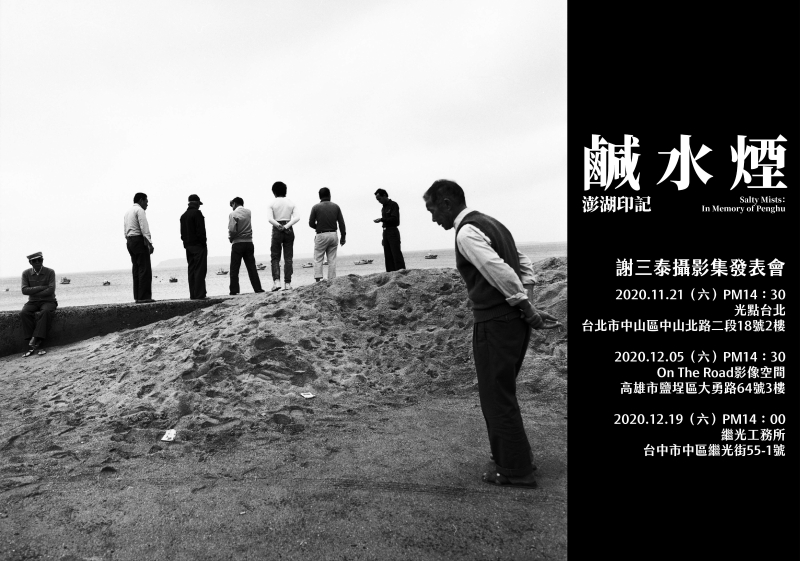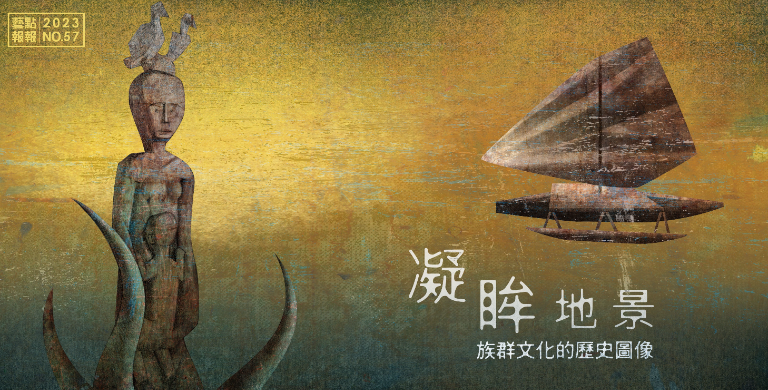The development of socially relevant realist photography in contemporary Taiwan has its own zeitgeist factors, and one of the most important and far-reaching influences occurred amidst the rapid changes before and after martial law was lifted in Taiwan, when society was filled with burgeoning movements that instilled a sense of mission in photographers to witness, expose, and document what was happening. “Seeing” became a mainstream proposition of photography at the time, which led to the peak of reportage and documentary photography in the 1980s, making photography not only an extension of one’s sight but often also an act that attempted to intervene in reality.
Due to the environment that they were in, many photographers born around the 1950s and 1960s also worked in news media outlets as photojournalists in the 1980s and 1990s. Although they all had their own unique visual styles, they were, nevertheless, all impacted by what was happening at the time, and to various degrees, they also inherited the genre of realist photography’s socially oriented consciousness and ways of thinking.
From the projects selected for the grant category of “Publishing - Print Publications” offered by the National Culture and Arts Foundation (NCAF) in the past ten years or so, we see many photographers have been reorganizing their works with the intention of reviving Taiwanese society’s visual memories from the late 20th century. Amongst them, Bachimen: Representing the 2% of Hope and Struggle (八尺門:再現2%的希望與奮鬥, 2013) published by the Nanfan Chiayuan Co., Ltd. is a project that stands out. The book is a recompilation of Guan Xiao-Rong’s well-known investigation report on the rights of the indigenous people in Bachimen, Keelung and includes numerous photographs and texts. It first appeared in the press in the mid-1980s and was later chosen as the cover story of the inaugural issue of Ren Jian Monthly and then published in installments in the magazine’s subsequent issues. This opened up the public’s awareness for the problems, including economic, land, and cultural oppression, faced by people of indigenous descent. This recompiled monograph also includes records of Guan Xiao-Rong’s return to Bachimen in 1996 and 2011. Ren Jian - Documentary Photography in the 1980s (人間現場—八〇年代紀實攝影, 2016) is a compilation of the 33 photo features shot by Tsai Ming-Te during his time working as a photojournalist at Ren Jian Monthly. Tsai was in his 60s when this book, his first monograph, was published; however, many of the pieces included have long been considered impressive and familiar visual records of Taiwan’s development in the 1980s. The book is a testament to the assertive action taken by those at Ren Jian Monthly to be at the forefront of reportage photography at the time.
Chuang Cheng-Yuan’s A Disappeared River (2017) extends from documentary photography’s distinctive thematic format and topics of concern and includes visual documents captured by Chuang of urban indigenous people over a period of 20 years since 1994, with field research done on the Amis people living in the Zhongzheng Public Housing in Xindian District, New Taipei City and investigation done on their indigenous tribal lifestyles and cultural changes in the midst of modern urban development. Shen Chao-Liang’s Taiwanese Vaudeville Troupes (2016) was shot between 2005 and 2016 and documented unique local touring performing groups, depicting Taiwanese grassroots culture’s festive rituals and the lives of the troupes’ singers and dancers outside of the dazzling show stage. Different from the other abovementioned books which are divided into sections and employ a traditional reportage narrative format, this book demonstrates a continual pursuit toward a contemporary way of treating thematic documentary photography. The Party Is Over (2014) is Hsu Tsun-Hsu’s photography work from his time working as a journalist which began in the late 1980s. The book shows his attempt to shift the focus away from news events and includes, instead, the various peculiar people, things, and events that he saw at the scenes of various social events and affairs. The work shows a satirical personal style, and the humorous use of the line “the party is over” suggests that after the heightened commotion experienced in Taiwanese society (with photography also included) at the end of the century, the energy from social movements and reportage photography gradually dissipated with the change of political power in 2000. Hsien San-Tai’s Salty Mists In Memory of Penghu (2020) shows his hometown, Penghu, from the mid-1980s to the late 1990s and uses a prose-like visual approach to recount how the local land, people, and culture have changed along with the passing time. It should be noted that photographer Chang Chao-Tang contributed to the photo-editing of these three books, Taiwanese Vaudeville Troupes, The Party Is Over, and Salty Mists In Memory of Penghu, which shows Chang’s prominent influence on this generation of photographers.
In reviewing the publication of photography books, we can find some contextual links to the development of photography in Taiwan, with some interesting insights and references for understanding the formation of our own visual culture also gained. Perhaps we can also think of these documentary photography books as documentaries on the development of “documentary.”
Extended Reading
Using the Camera to Document Life: There is a Story Behind This Photo – Photographer, Tsai Ming-Te
https://youtu.be/-zID_DFt_Lg
https://youtu.be/-zID_DFt_Lg
Photographer, Chuang Cheng-Yuan
https://youtu.be/bmH0DGXl7hM
https://youtu.be/bmH0DGXl7hM
Hsu Tsun-Hsu, The Party Is Over, Photo Book Event
https://youtu.be/6gcLB8GFnR0
https://youtu.be/6gcLB8GFnR0
Warmth of the Land, Mr. Shen Chao-Liang | TEDxYilan
https://youtu.be/mk2xAXx4FOU
https://youtu.be/mk2xAXx4FOU
Photobook Hour: Hsien San-Tai x Chang Chao-Tang x Salty Mists In Memory of Penghu
https://youtu.be/66G26DvTBYc
https://youtu.be/66G26DvTBYc
*Translator: Hui-Fen Anna Liao
